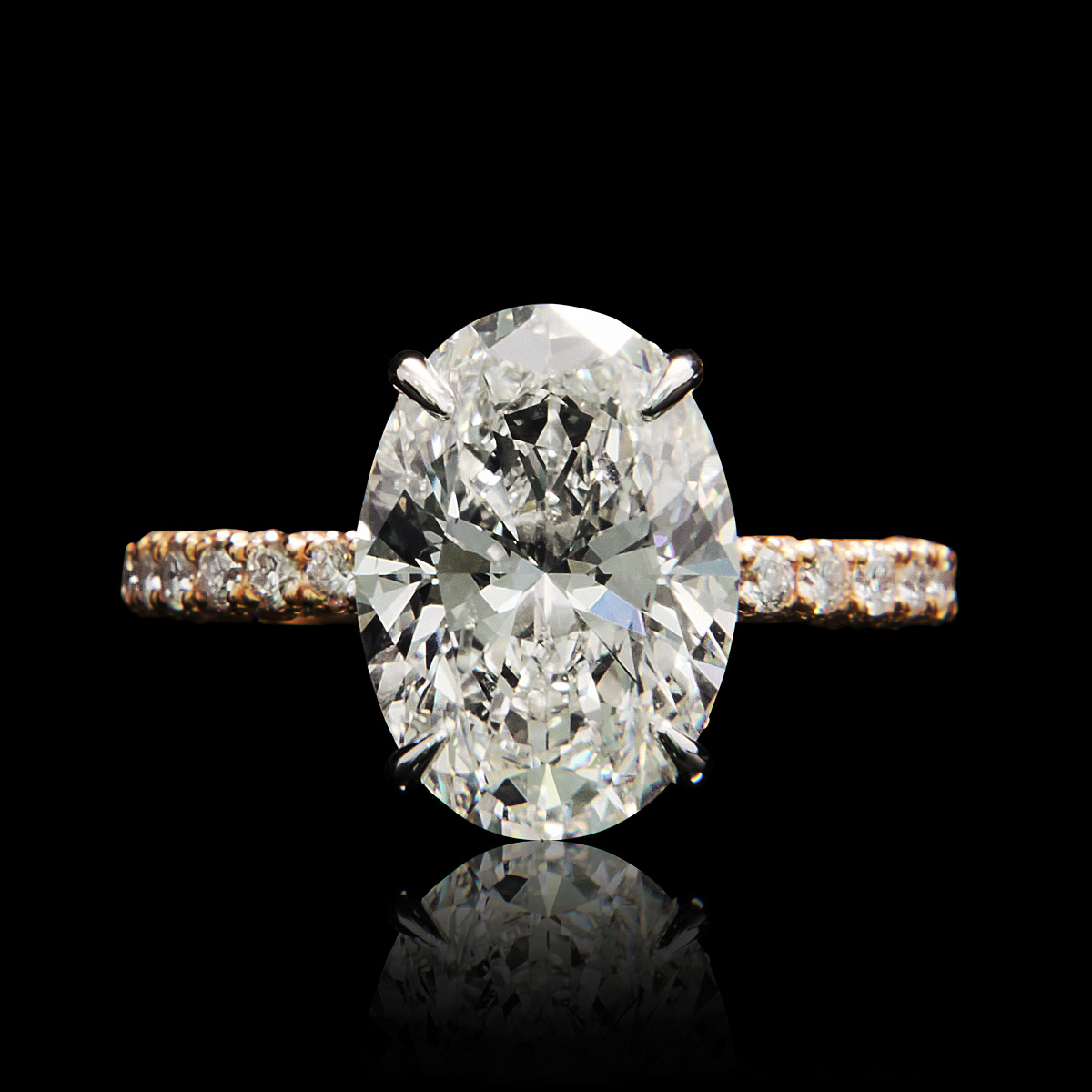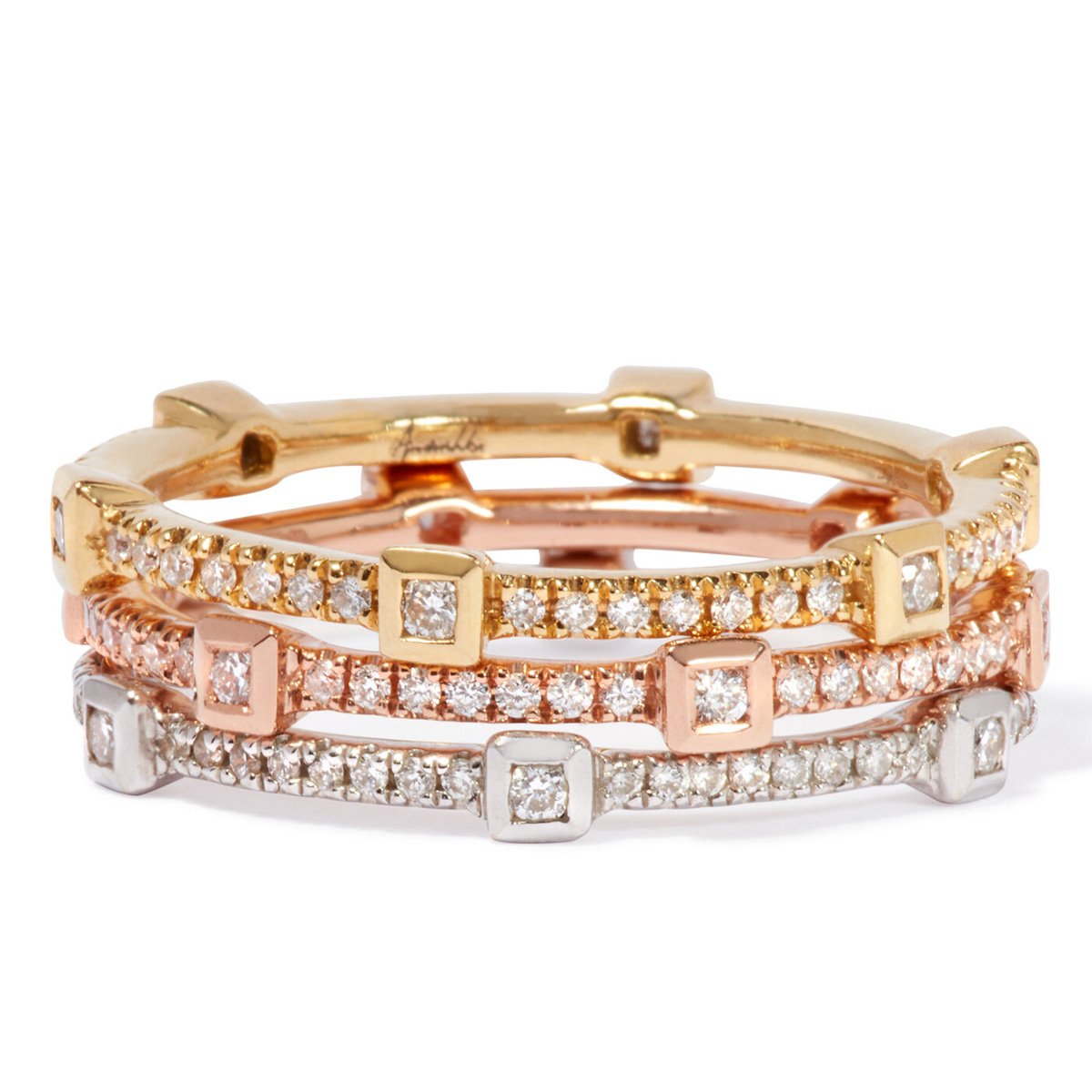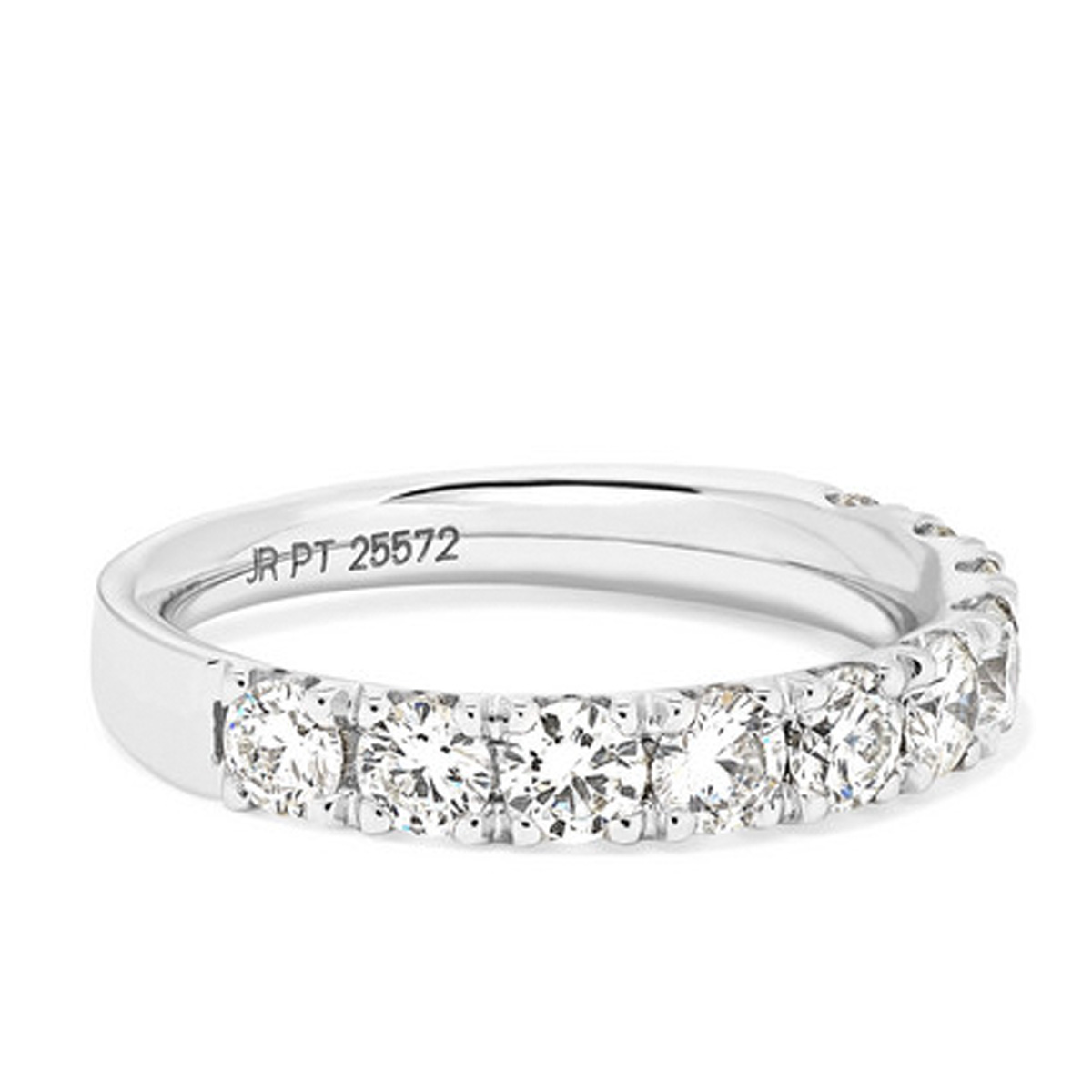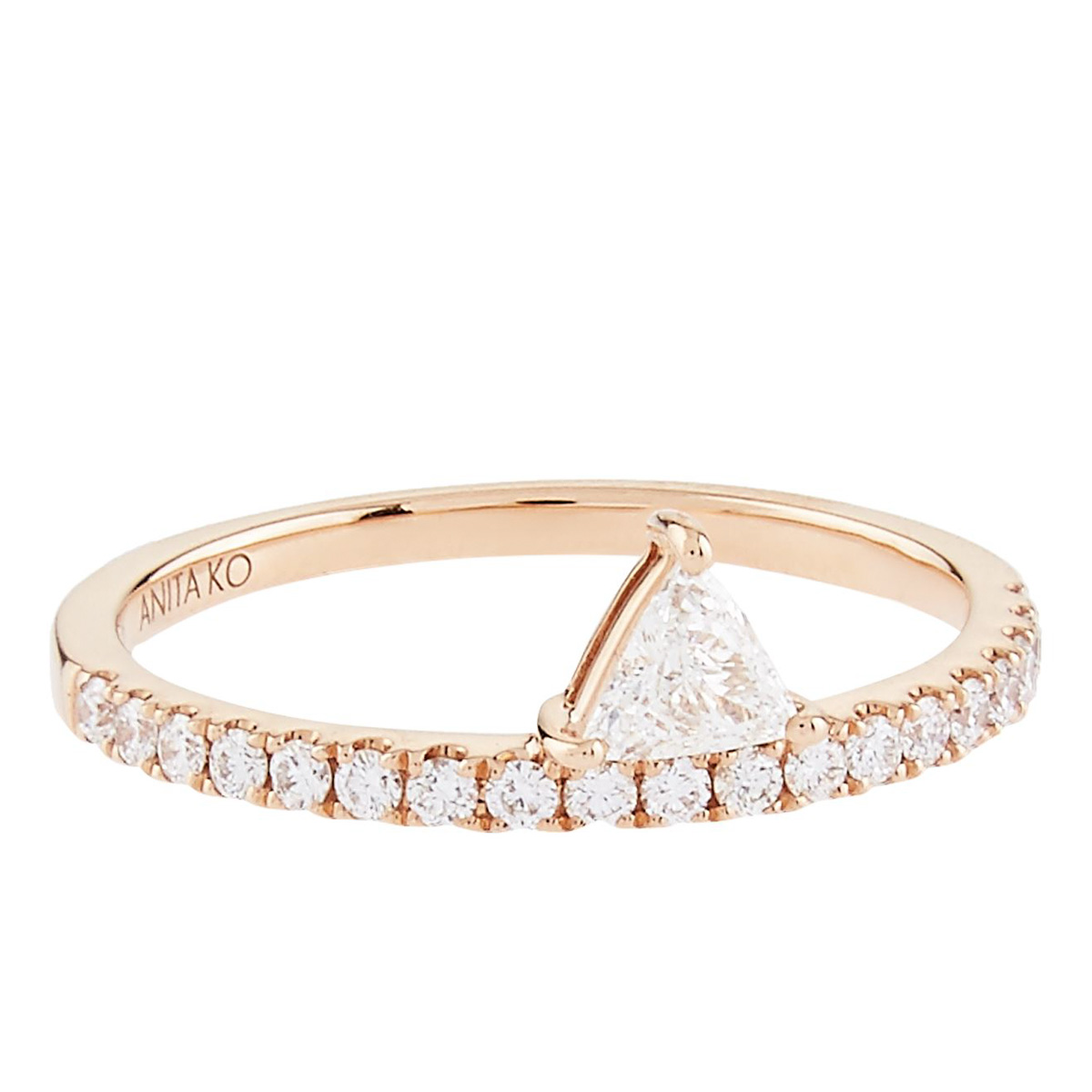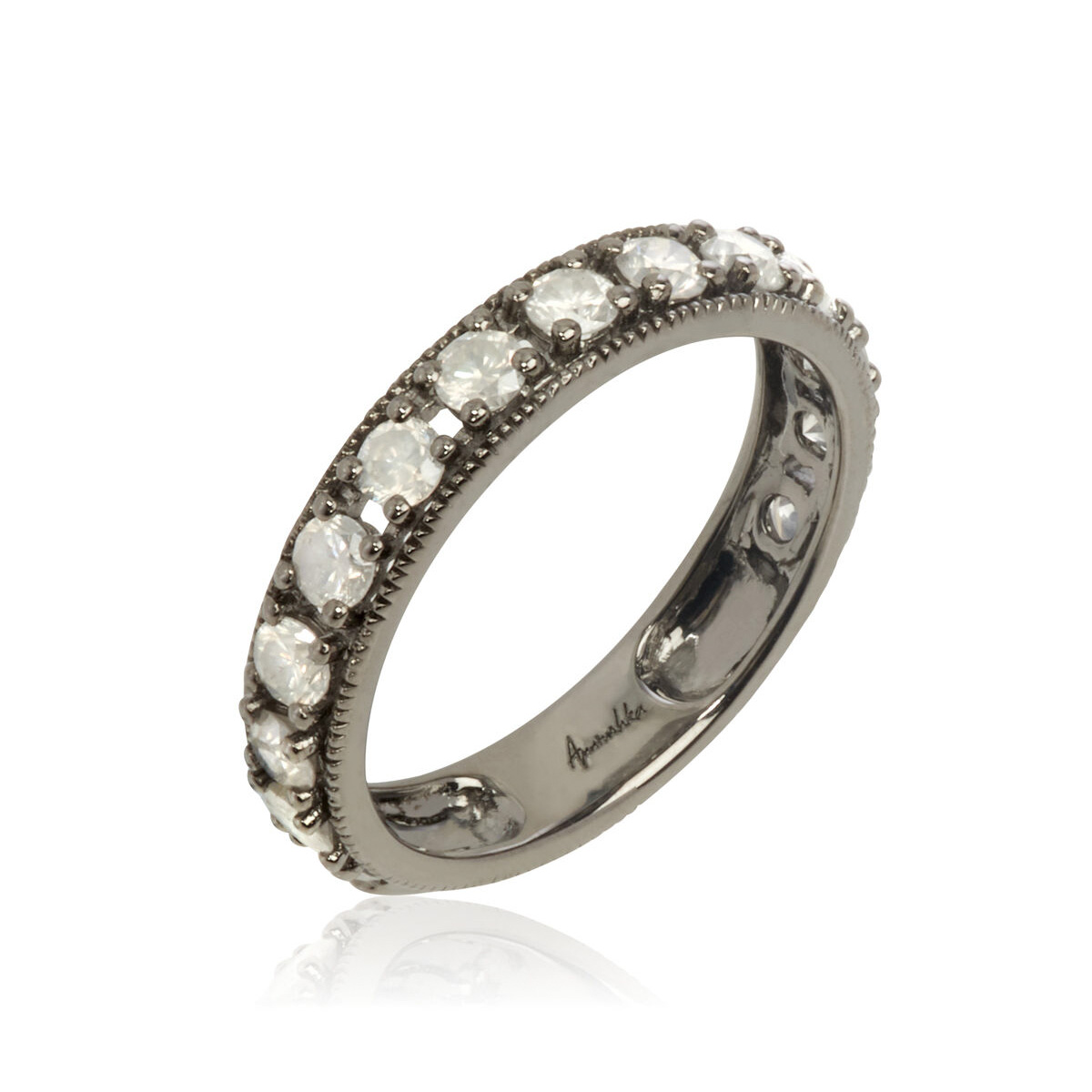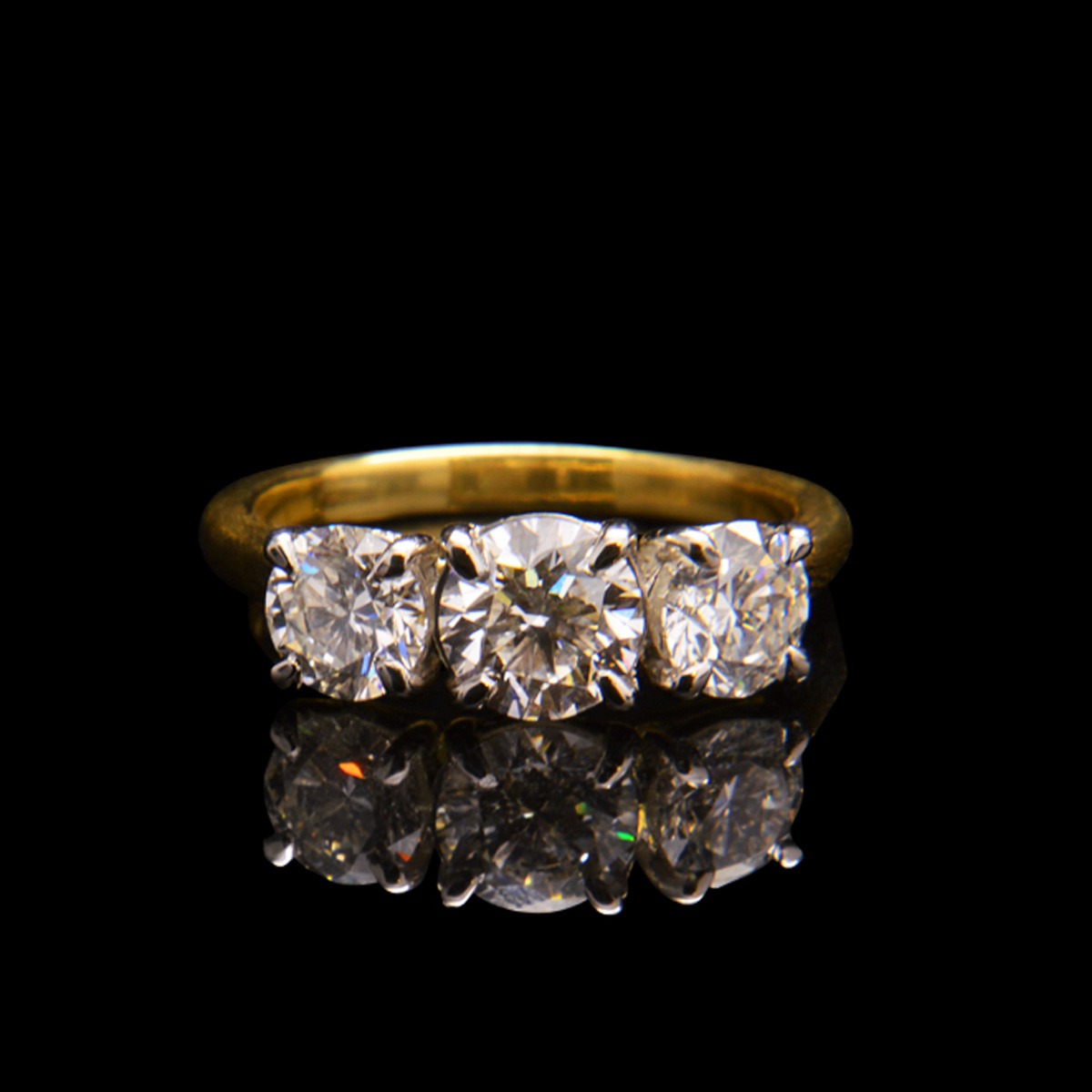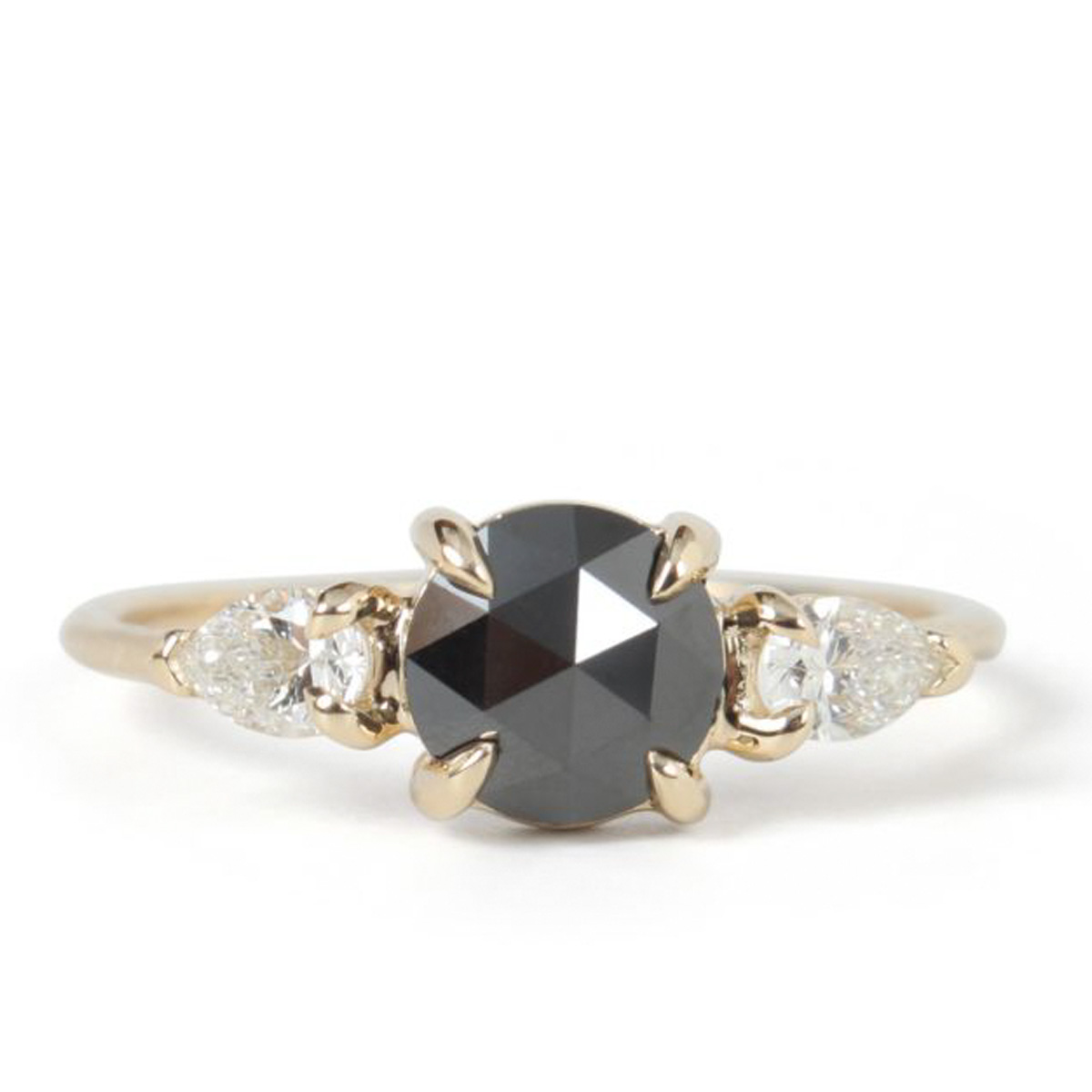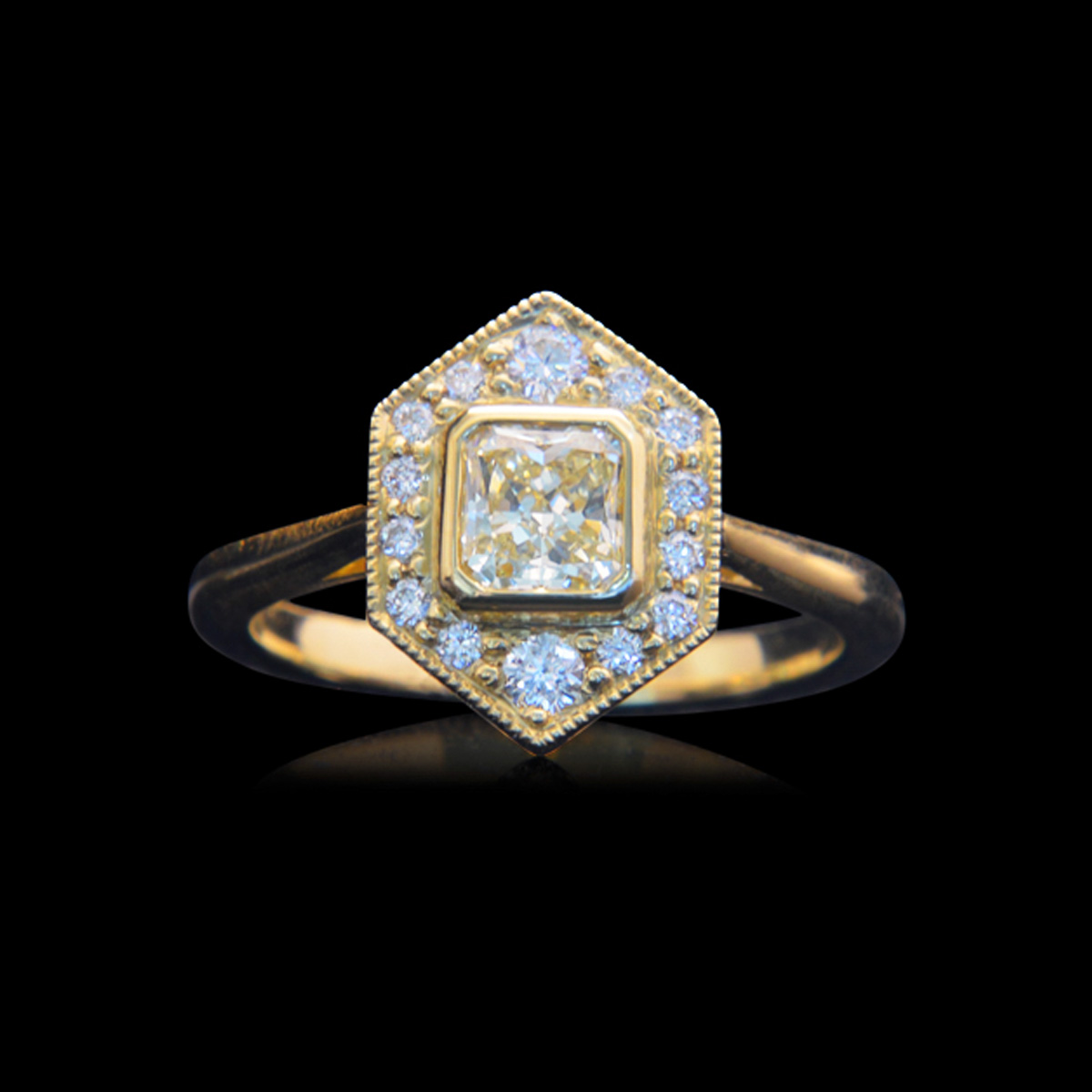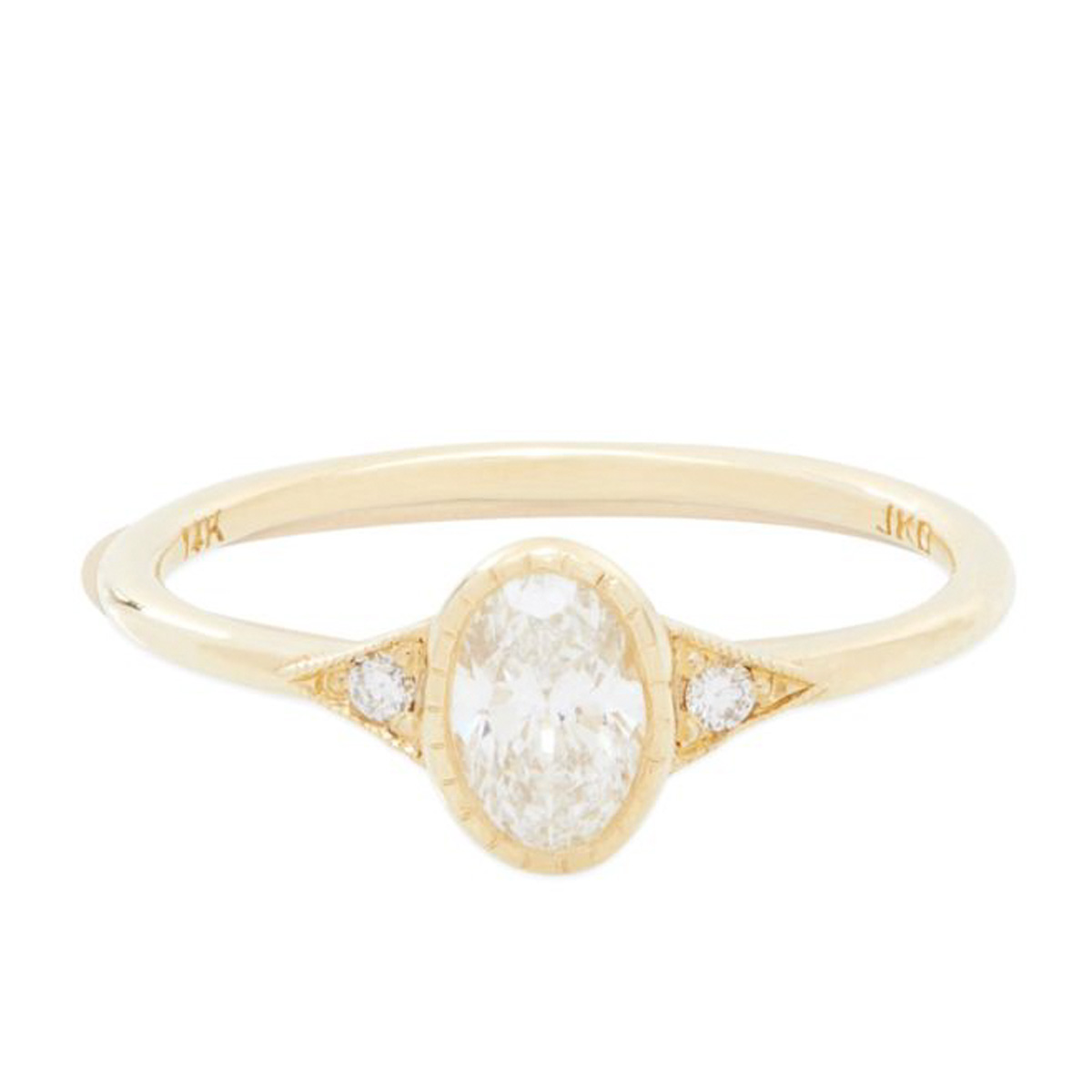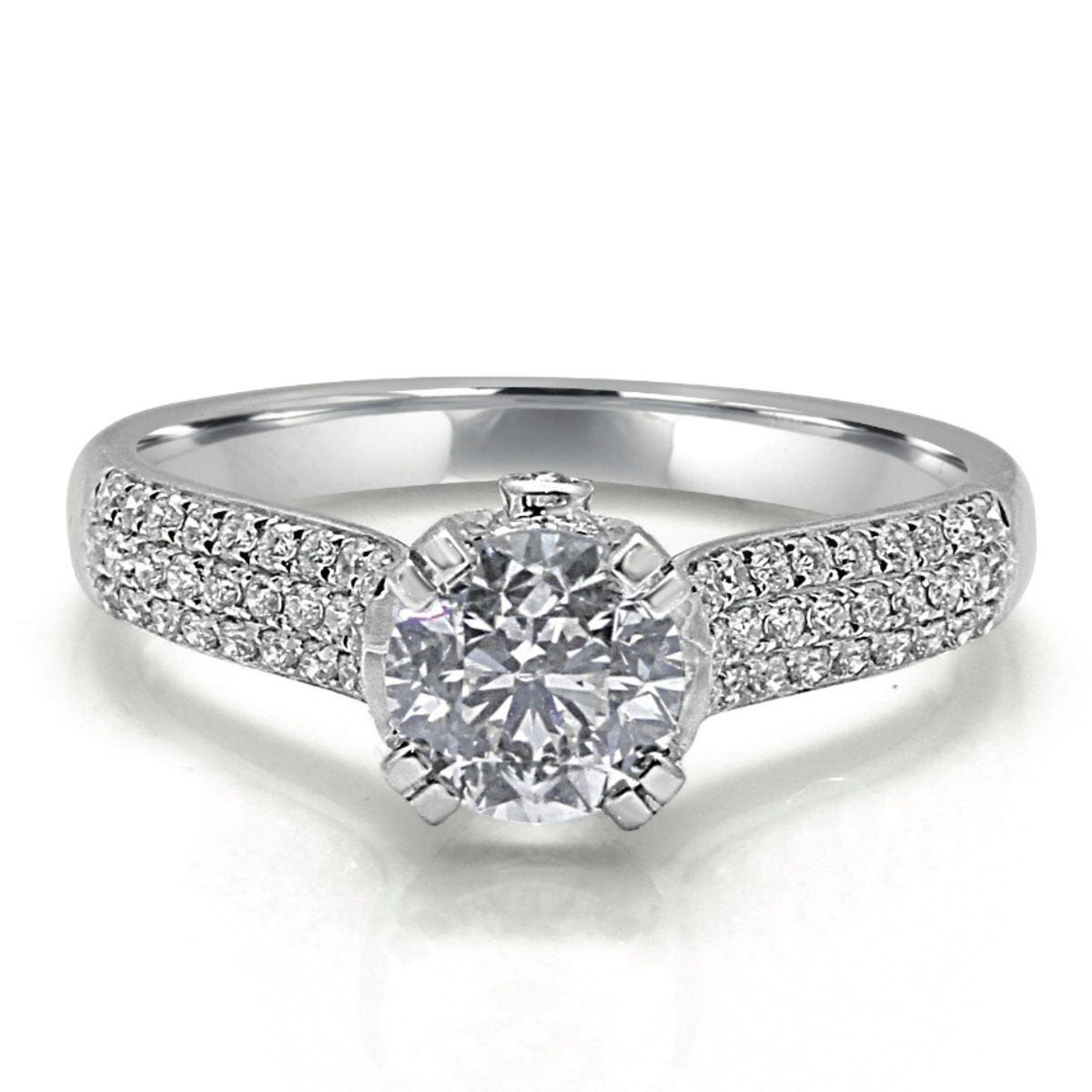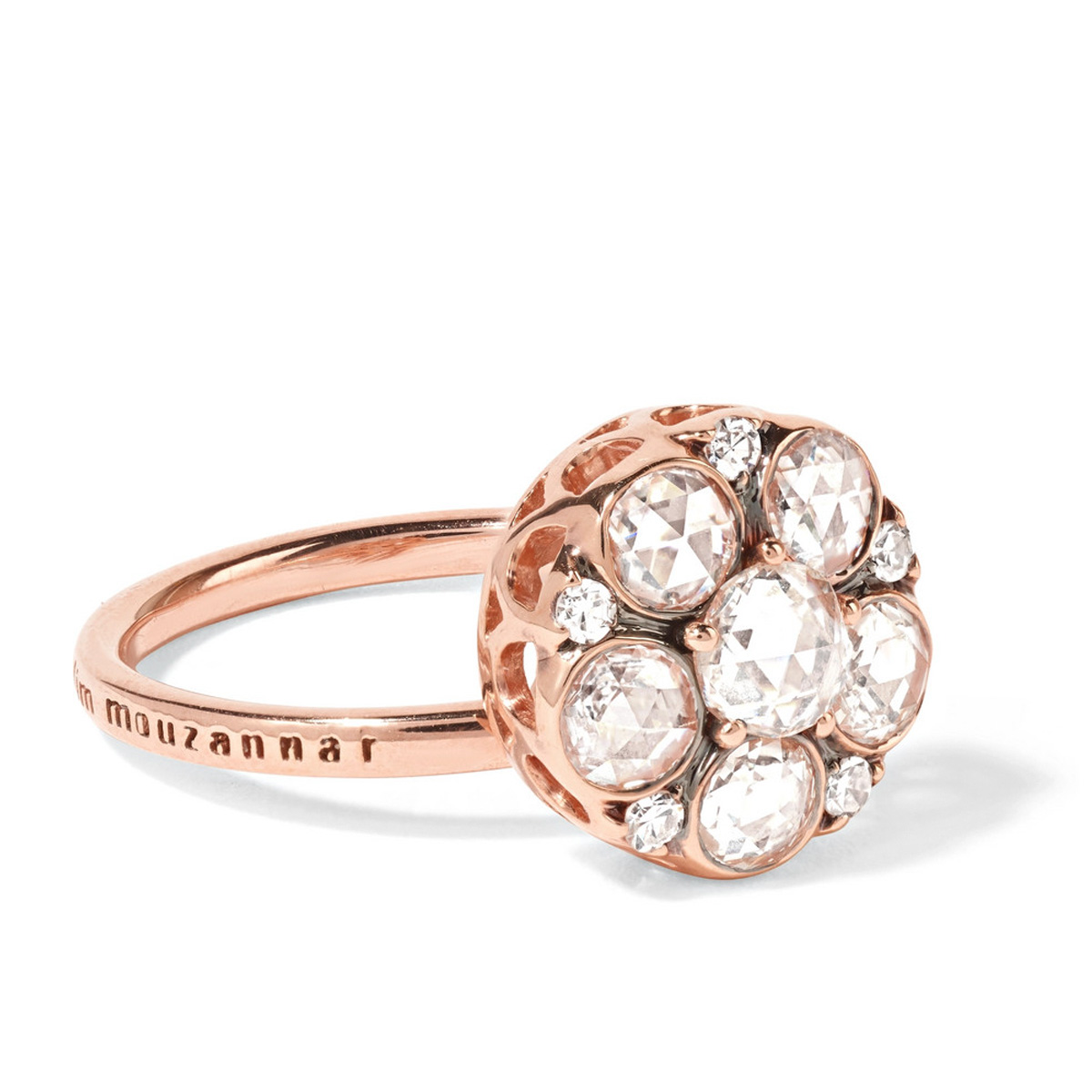9 Things Everyone Should Know Before Buying a Diamond Ring

Be it as part of an engagement or a treat to yourself, should you find yourself in the privileged position to be in the market for a diamond ring, then you’ll know all too well that it can be overwhelming, to say the least. We’ve all heard the terms "cuts” and "carats” in passing, but knowing exactly what they mean and how they can impact your diamond is another story. That’s where this feature comes in.
To create the ultimate diamond-shopping how-to guide, we enlisted the help Annoushka Ducas MBE, founder and creative director of premium jewellery brand Annoushka, and Emma Clarkson Webb, an artisan jeweller and certified gemologist. With their shared expertise in the jewellery industry, we were able to pinpoint specific things you’ll want to consider when investing in a diamond. Read on, then proceed to swoon over our edit of the best diamond rings.
Where Should We Start?
"It takes billions of years for a diamond to be formed” explains Annoushka. "As such, each stone has its own personality. Our Dusty Diamonds collection revels in the unique characteristics found in diamonds—something I think is so important to celebrate.” Emma also believes in championing the individualism of each stone. "Buying a diamond ring is a very personal experience and the ring should perfectly reflect the personality of the wearer,” stresses Emma. "The ‘4 Cs’ is really important to consider when buying a diamond ring as it’s important to understand why a certain stone might differ in value to another stone. It’s crucial that my clients are very clear on the value of the stones that they are investing in and I make sure that I am as transparent as possible on the diamond grading process. I work with a wide global network of diamond and gemstone dealers which allows me both to achieve extremely competitive prices on stones and also to ensure that each stone I work with is responsibly sourced.”
Clarity
"It’s important to think about what your budget will allow,” says Emma. "If you want a larger diamond, for example, you may need to compromise on clarity, as the higher the clarity the more expensive the stone will be. The clarity grade has the biggest impact on price, but the least impact on physical beauty. It’s important that the stone is clean to the naked eye meaning it will appear flawless on your hand. You don’t have to opt for a D Flawless to achieve this: A diamond with an F and G colour and SI1 or SI2 clarity will look equally beautiful, and be infinitely less expensive!”
Cut
"Most diamond cuts have been devised to show off light, though I find cuts which are less restrictive more interesting,” reveals Annoushka. "We use a lot of briolette diamonds in our collection, as well a rose cuts, which have a less-machined look.” Emma agrees: "Really, it all comes down to personal taste but brilliant, cushion and emerald cuts are consistently popular and for good reason: they are timeless and beautiful and set off a diamond so well. I’m also seeing an increasing number of requests for old-fashioned settings and stones—old-mine and rose-cut diamonds, in particular, seem to be having a serious revival as the vintage look is so popular at the moment. I predict that we will see more of the oval cut in the future, thanks to the likes of Hailey Bieber.”
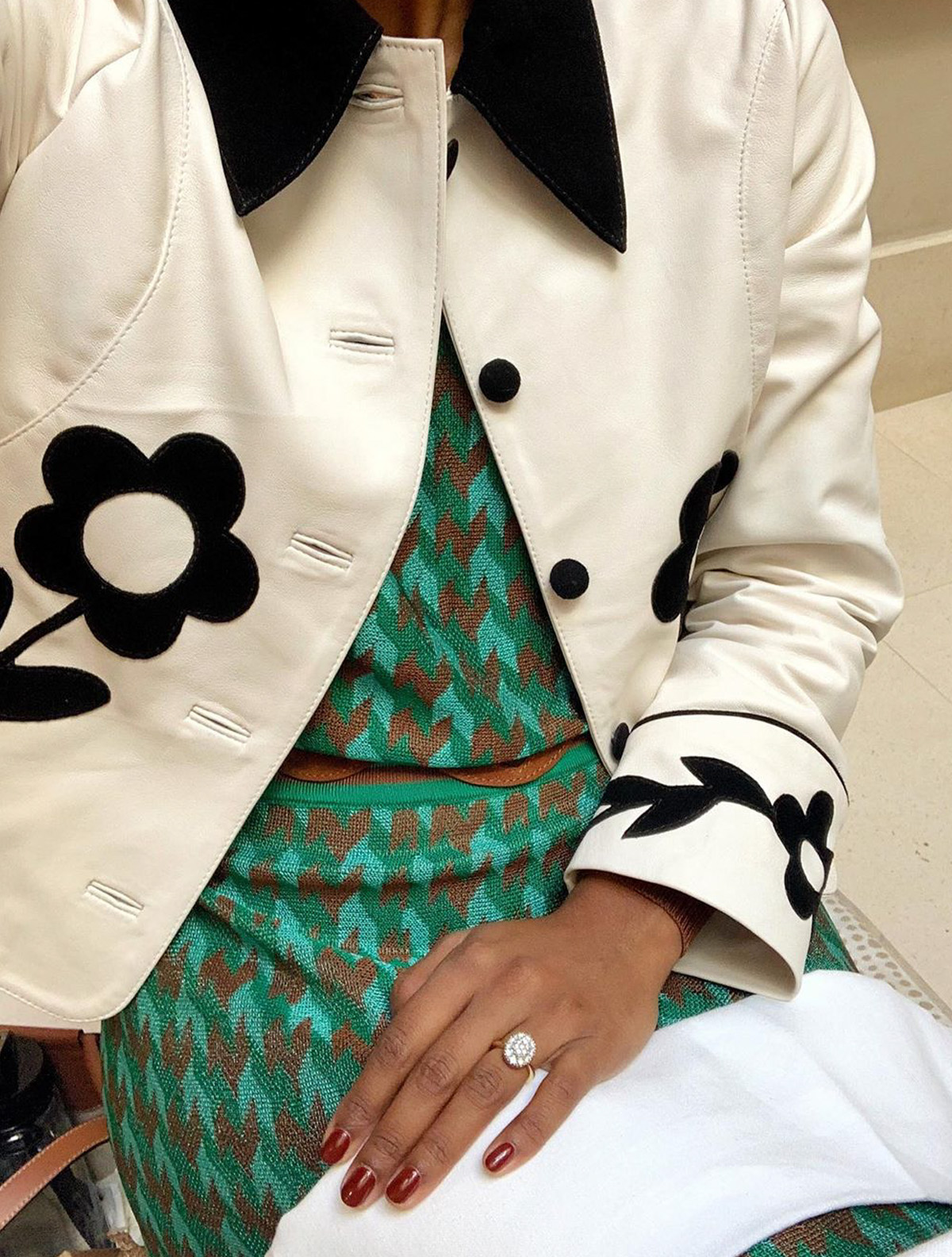
Carat
"As far as I’m concerned, a diamond’s carat isn’t the be-all and end-all,” Emma says. "I think an interesting cut or setting is what makes a diamond ring so unique, rather than its size. And the story behind it too. Bigger doesn’t always mean better.” Annoushka has a different take; "Size does matter, though, for me, it is more about the aesthetic of the overall piece than the traditional need to show off a big rock. We often set small brilliant-cut diamonds to create a shimmer of light to enhance a design and we will often graduate diamonds to play with perspective.”
Colour
Both Emma and Annoushka reveal that colour plays a very integral part in their respective designs, and while traditional white diamonds are still very popular, some of their clientele are opting for rarer colours, too. "We are all about colour,” reveals Annoushka. "I love the light energy that coloured diamonds bring to my pieces. We feature many coloured diamonds in our collection to compliment, contrast and enhance our designs.” Emma has a similar mentality: "My clients are obsessed with colour, and I get a lot of requests from clients who want to incorporate coloured stones into their engagement rings—be it emerald, sapphire, tsavorite or ruby. Coloured stones can also be a less-expensive alternative to a diamond and mean that you don’t have to compromise on size. Personally, I love making three stone rings with an amazing coloured stone flanked by diamonds.”
Setting
"Again, it is so personal,” Emma explains. "But a bezel setting (a thick band a metal that wraps around the stone) is really impactful if you want to give the impression of having a larger stone. It’s also important to think about your lifestyle—you might want to opt for a lower setting that’s closer to the finger if you need your ring to be more practical.”
Metals
"Silver is said to make diamonds appear larger,” says Emma. "I’m a real fan of yellow gold, as I think it is so flattering on every skin tone. On the other hand, a white gold setting can make a diamond appear larger and really make it pop! Neither is better than the other: It really is very much about personal taste and what works with your style. Sometimes though, a mix of rose, yellow and white gold can look incredibly striking.”
Stone Count
"I get so many different requests for engagement rings of every shape and style,” Emma says. "Three stones (thanks to the Meghan Markle effect) to target rings, which are becoming really popular, to statement single stone rings. I have recently made an engagement ring with a central yellow diamond flanked by two diamonds in Georgian settings, which is truly stunning and very unusual. I want to encourage my clients to create something that really complements their (or their partner’s) personality, and I love that every ring that I create is different.”
Sustainability
Much like the rest of the fashion industry, Emma thinks sustainability and ethically sourced pieces should be at the top of every jewellers’ agenda. "It is really important when buying an engagement ring that you ask where your stones have been sourced from: Are they conflict-free? Is the gold used recycled or fairtrade? A good jeweller should be able to prove that the diamonds used are Kimberly Certified and be able to tell you exactly where your ring was made (and ideally the names of the craftsmen who made it). I work with a lot of clients to repurpose unwanted and unworn stones into something new which is a process I love doing—I’m all for recycling old stones, rather than mining for new ones.”
Shop Our Diamond Ring Edit
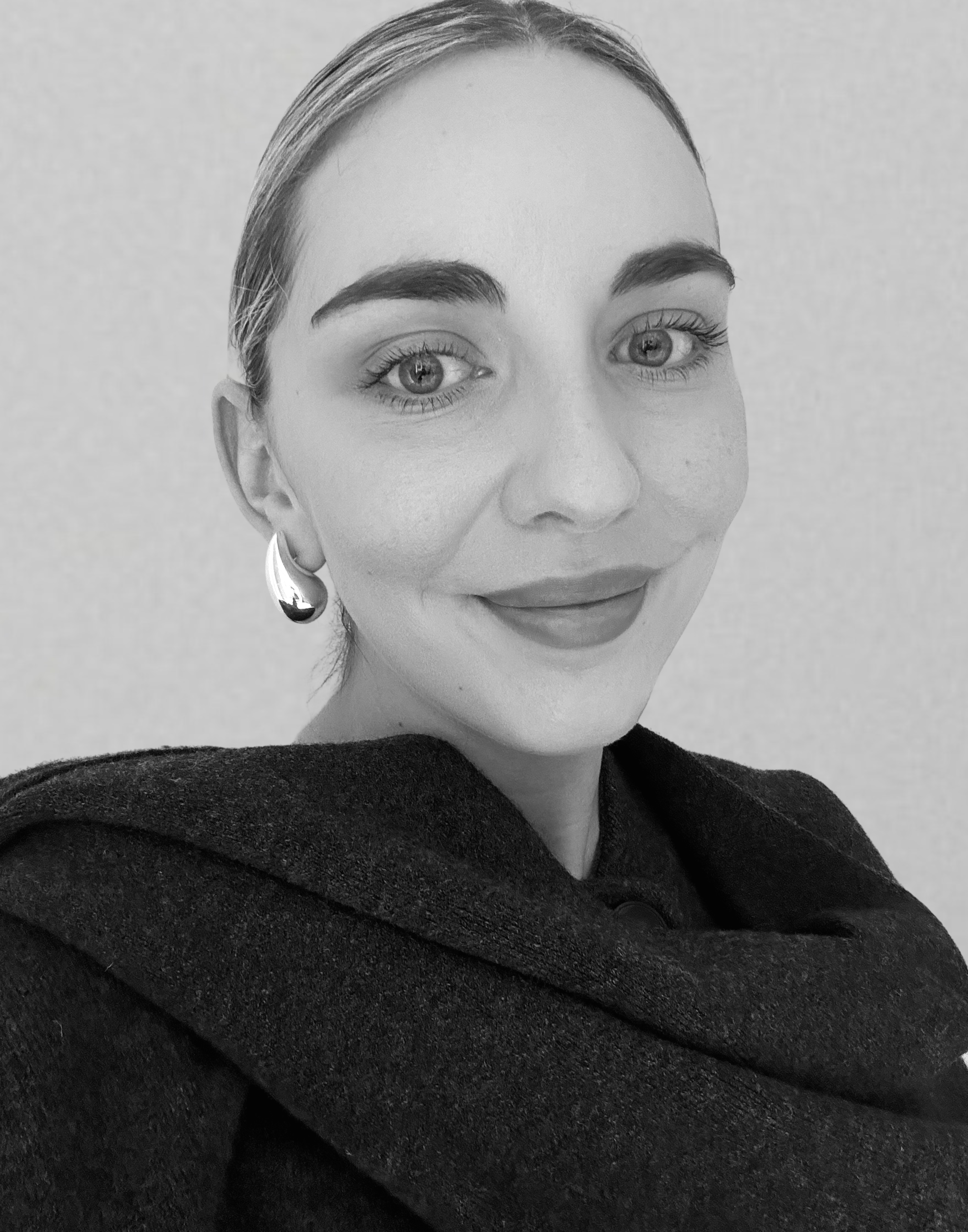
Maxine Eggenberger is Who What Wear UK’s Deputy Editor and has over fourteen years of experience in fashion journalism. She been creating engaging and authoritative content for Who What Wear UK since 2018, covering runway reports, emerging trends, long-form features, talent interviews self-styled shopping stories and columns, including her edit of the best new-in buys. She ensures the highest editorial standards are met across the site, leads the editorial team in their search and keyword planning, works closely with the fashion and beauty team on strategy and continues to pen many of her own articles. Prior to Who What Wear UK, Maxine's contributed to publications including Grazia, InStyle Marie Claire, Elle and Look, amongst others.
